This tutorial will show you how you can run Google Stadia on the Raspberry Pi.
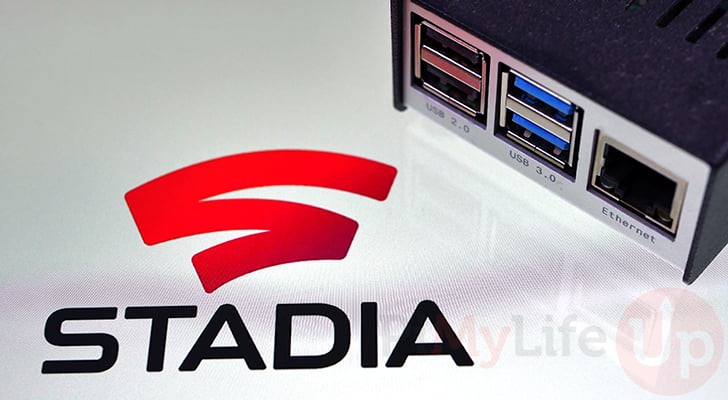
To get the best experience with running Stadia, you will need to use the Raspberry Pi 4 or newer.
While the Raspberry Pi has become a more powerful machine over the years, it still cannot run modern games.
To run modern games on your Raspberry Pi, you will need to use services like Steam Link, Parsec, or NVIDIA Gamestream.
However, both of these options require you to have access to a computer capable of running the games you want. This is where a service like Stadia comes into play.
Stadia is a cloud gaming service that is developed and operated by Google. By buying games on Stadia or subscribing to the service, you will be able to stream them to any supported devices like the Raspberry Pi 4.
Even though Stadia might not have a native client for the Pi, we can still use the Chromium web browser to play games through it.
You will need access to a game controller for these games to work, whether that be Stadia’s own controller or something like an Xbox controller.
We recommend that you need an Ethernet connection to maximize the performance out of your Raspberry Pi. Wi-Fi connections will likely introduce too much lag to the connection and damage your experience.
Please note that Stadia will no longer be available as of 18 January 2023.
Equipment List
Below you can find a list of the equipment we used to run the Google Stadia service on the Raspberry Pi.
Recommended
- Raspberry Pi Amazon 2, 3 or 4
- Micro SD Card Amazon
- Power Supply Amazon
- Ethernet Cable Amazon (Recommended) or Wi-Fi Amazon
- USB Keyboard Amazon
- USB Mouse Amazon
- HDMI Cable Amazon
Optional
- Xbox Controller Amazon
- Raspberry Pi Case Amazon
- PlayStation Controller Amazon (PS3, PS4 or PS5 Controller)
Setting up your Raspberry Pi to Run Stadia
To maximize our Raspberry Pi’s performance, we will be starting off with Raspberry Pi OS Desktop without the recommended software.
Not having the recommended software allows us to start our Raspberry Pi with a much cleaner slate and reduce the hardware load.
Please note that it is essential that you use Raspberry Pi OS as the build of Chromium features additional performance improvements for the Raspberry Pi hardware.
1. Before we run Stadia on the Raspberry Pi, we should first ensure we have everything up to date.
We can update all of the existing packages by running the following two commands.
sudo apt update
sudo apt full-upgrade -yCopy2. Once our operating system has finished updating, let’s ensure that Chromium is installed by running the following command.
We will be using the Chromium web browser to access the Stadia web interface.
sudo apt install chromium-browser -yCopyIf you intend to run Stadia using a “lite” version of the Raspberry Pi OS, you must install the following packages.
sudo apt install xserver-xorg xfce4 xfce4-terminal -yCopyThese packages will handle window management on your device in the absence of a full desktop interface.
3. Our next step is to increase the amount of memory that is dedicated to the GPU.
The amount of memory that is assigned to the GPU is way too little for heavy usage.
To increase the amount of memory we are giving the GPU, we need to open up the Raspi configuration tool by running the command below.
sudo raspi-configCopy4. Within the tool, you need to use the arrow keys to navigate to the “4 Performance Options” option.
Once you have the option selected, press the ENTER key to open it.
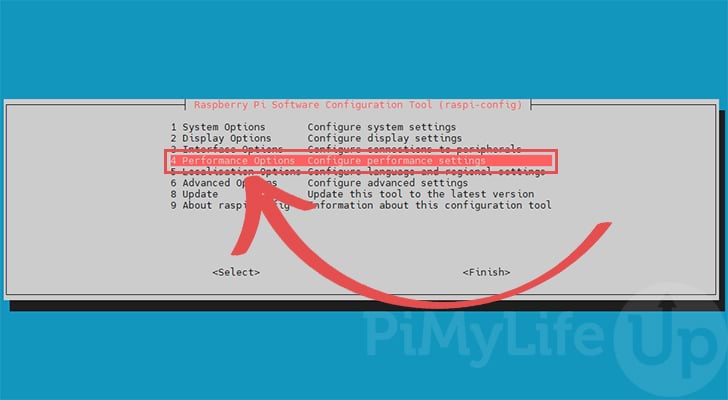
5. You need to use the arrow keys to select the “P2 GPU Memory” option.
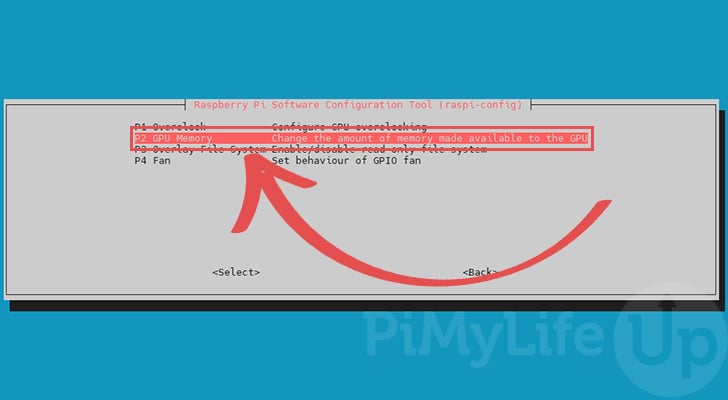
6. Within this menu, change the number from “64” to “128“.
If you are using a Raspberry Pi 4 with 8GB of memory, you can get away with setting this to “256“.
Press the ENTER key to save this change.
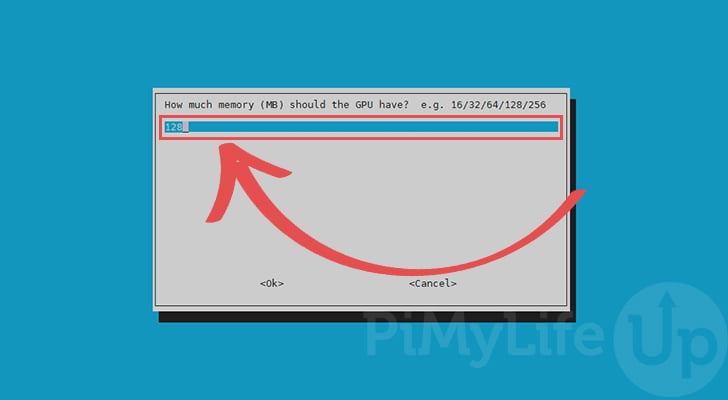
7 Now, you can quit out of the tool by pressing the ESC key.
If you are asked if you would like to reboot the system select the “<Yes>” option.
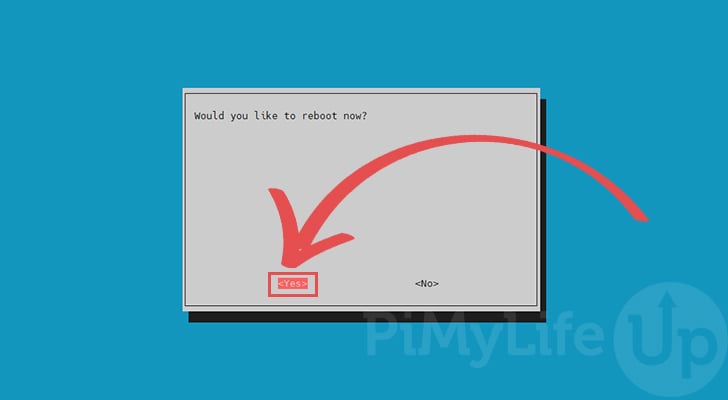
Otherwise, you can restart your Raspberry Pi by running the following command in the terminal;.
sudo rebootOnce your Raspberry Pi has finished rebooting, you can move on to running Stadia.
Running Stadia on the Raspberry Pi
Now that we have prepared the Raspberry Pi, we can finally put Stadia to use. This is actually an extremely straightforward process as Stadia can be run through the Chromium web browser.
To get the best experience when running Stadia, you should make sure you are using an ethernet connection. The Wi-Fi on the Raspberry Pi has been known to significantly increase latency.
Additionally, you can consider overclocking your Raspberry Pi to improve the performance of Stadia. However, ensure your keep your device well cooled, and ensure any overclock you apply is stable.
1. You will need to start off by opening the Chromium web browser on your Raspberry Pi.
You can do this by using the following command within the terminal.
chromium-browserCopyAlternatively, you can also find the web browser by going through the desktop interface.
To find the Chromium web browser on the desktop, you must click the Raspberry icon in the top-left corner (1.).
Next, you need to hover over the “Internet” option (2.).
Finally, within this menu, you will find the “Chromium Web Browser” option. Once found, click it (3.).
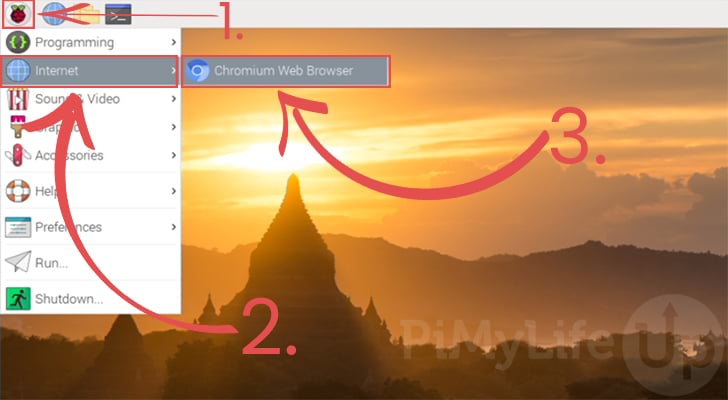
2. Once you have the Chromium web browser opened, you can go to the following address.
This link will take you directly to the Stadia website.
https://stadia.google.comCopyOnce you are on the website, you can either sign in to your existing Stadia account or create a new one.
When you have logged into your account, you will be able to start streaming games from the Stadia service to your Raspberry Pi.
Stadia will be able to use most controllers that are attached to your Raspberry Pi. Especially if they are official ones from a PlayStation or Xbox console.
Additionally, some games will even allow you to use the keyboard and mouse attached to your Pi.
The Performance of Stadia
Your mileage with Stadia on the Raspberry Pi will definitely vary depending on what games you attempt to run.
Games that aren’t as sensitive to latency or potential frame drops are where you will get your best experience. So, where possible, try to stick to more strategy-based video games.
While Stadia can be limited by the performance of the Raspberry Pi, it is still a good alternative if you don’t have a gaming PC. If you do have a gaming PC, we highly recommend checking out Parsec or Steam Link.
Both will offer a better experience on your Raspberry Pi as they can be run locally, minimizing potential latency.
Conclusion
At this stage, you will now have an idea of how you can run Stadia on a Raspberry Pi.
Stadia is a game streaming service from Google that allows you to play your games anywhere. You either have to buy the games through their service, or pay for a monthly subscription.
The Raspberry Pi does a reasonably good job of handling the video streams from Stadia. However, it is far from the best experience. You should try to stick to games where latency won’t cause issues.
If you have had issues with getting Stadia running on your Raspberry Pi, please comment below.
Be sure to check out some of our other Raspberry Pi gaming projects.



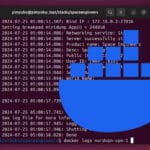




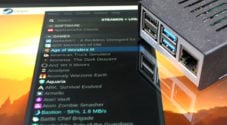
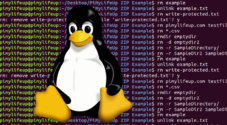
Need faster help? Premium members get priority responses to their comments.
Upgrade for Priority Support